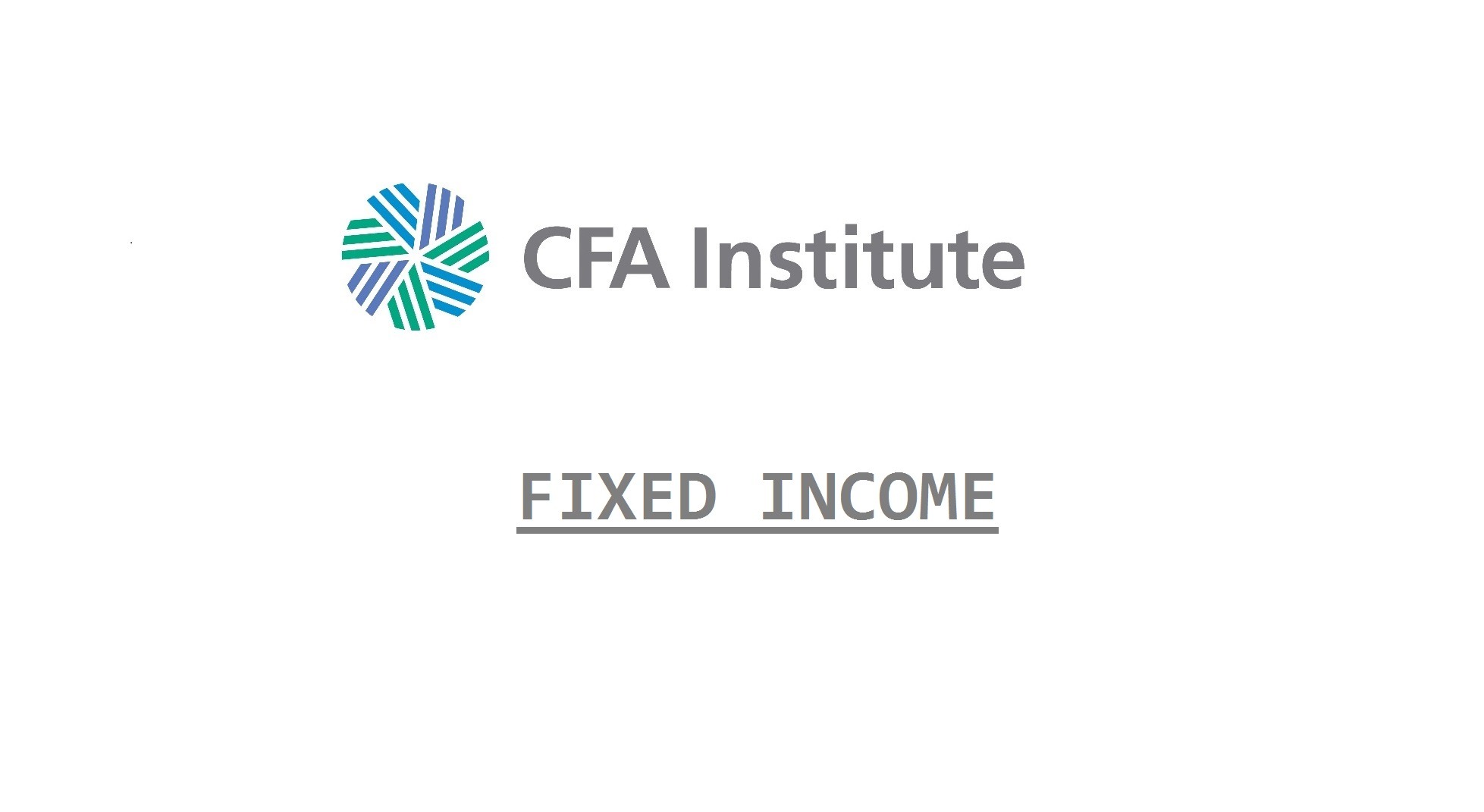Liability-driven investing (LDI) is used when there are definable future liabilities to be paid from portfolio assets.
LDI is mostly used for institutional portfolios, however LDI can also apply to individuals, particularly when the goal is to accumulate sufficient funds to meet retirement. There are some commonly used terms:
- Asset-liability management (ALM) means strategies that consider assets in relation to liabilities. It is appropriate when both the present value (PV) of the assets and liabilities change with changing interest rates.
- Liability-driven investing (LDI) or liability-based investing takes the liabilities as a given and manages the assets to meet those future liability values
- Asset-driven investing (ADI) takes the assets as a given and manages or adjusts the liabilities in relation to those assets.
An LDI strategy starts with analyzing the size and timing of the entity’s liabilities.
Classification of Liabilities
| Liability Type | Amount of Cash Outlay | Timing of Cash Outlay |
|---|---|---|
| I | Known | Known |
| II | Known | Uncertain |
| III | Uncertain | Known |
| IV | Uncertain | Uncertain |
Four types of liabilities exist:
- Known future amount(s) and payout dates(s), called Type I. The issuer of an option-free fixed-rate bond has this type of liability.
- Known future amount(s) but uncertain payout dates(s), called Type II. The issuer of a callable or putable bond has this type of liability. The amount of payout is known, but the date of payout on any single policy is not.
- Uncertain future amount(s) but known payout dates(s), called Type III. Floating-rate instruments and real rate bonds such as Treasury Inflation Protection Securities (TIPS) fall in this category.
- Uncertain future amount(s) and uncertain payout dates(s), called Type IV. Property and casualty as well as some DB plan liabilities fall in this category.
Simple duration (Macaulay or modified) is adequate to model Type I liabilities. The others require effective duration—modeled to reflect the initial shape of the yield curve plus assumed upward and downward shifts in the yield curve to estimate the potential amount and timing of liability payouts.
